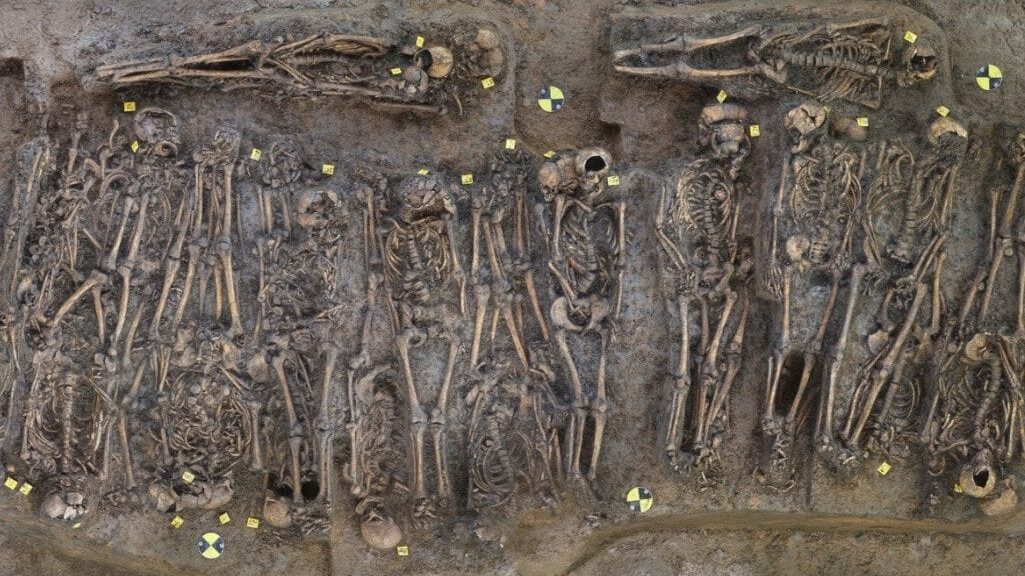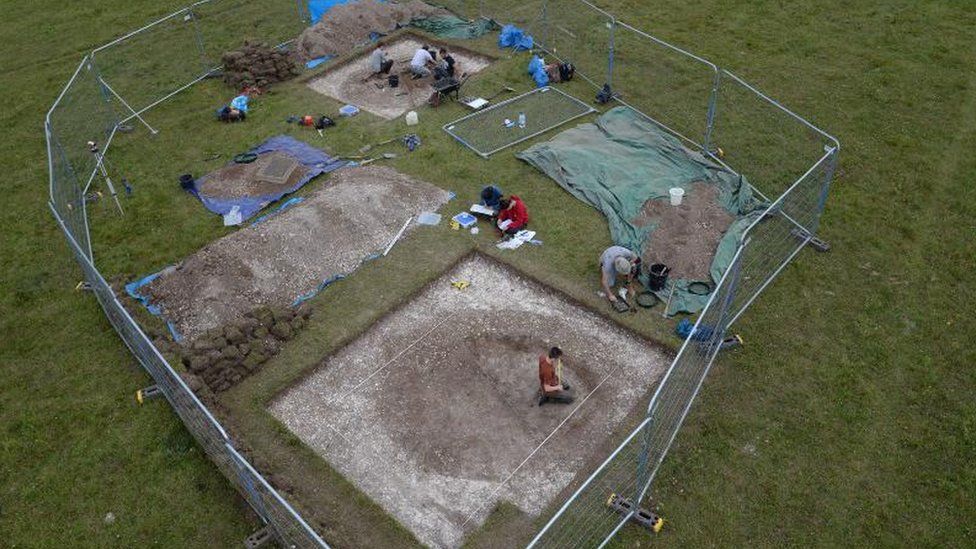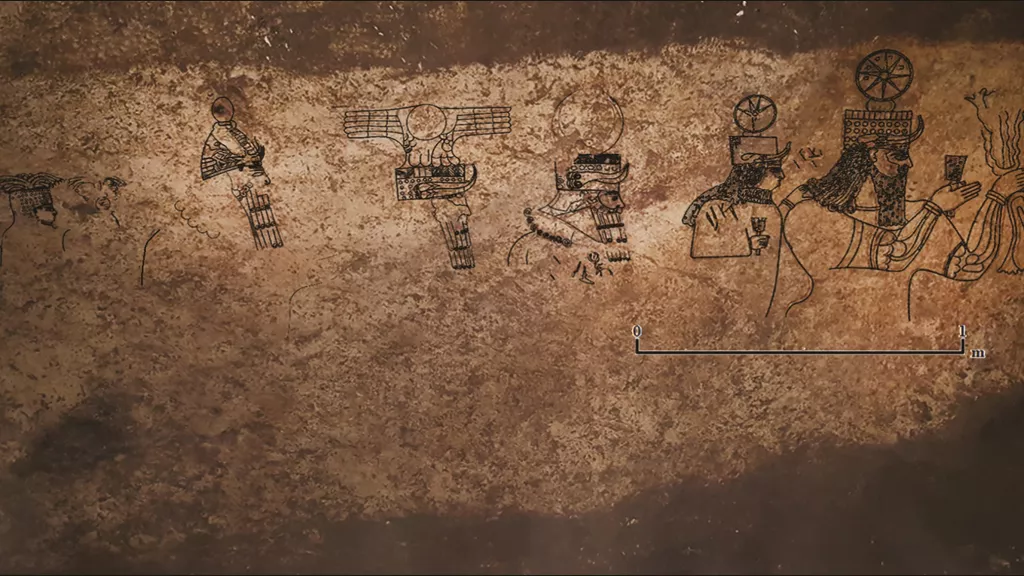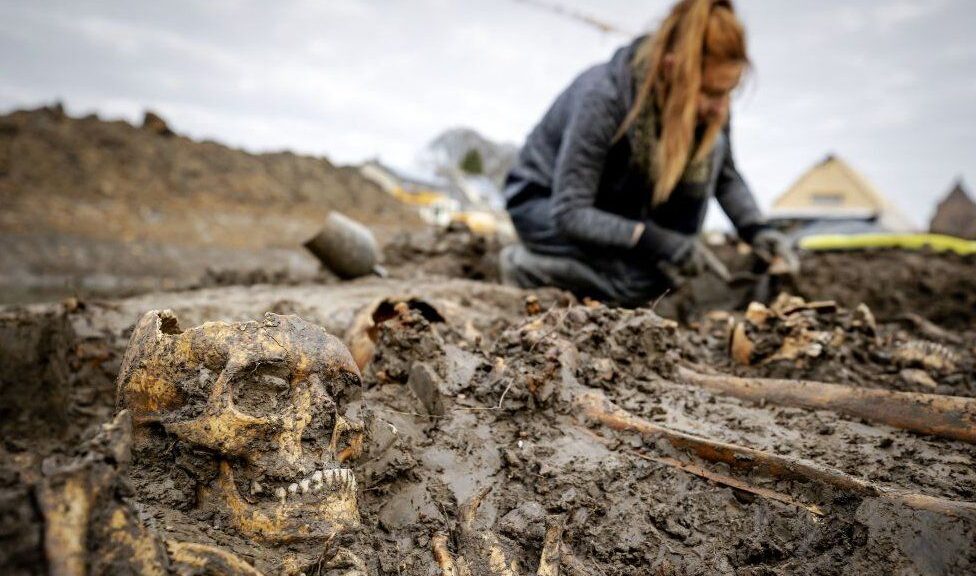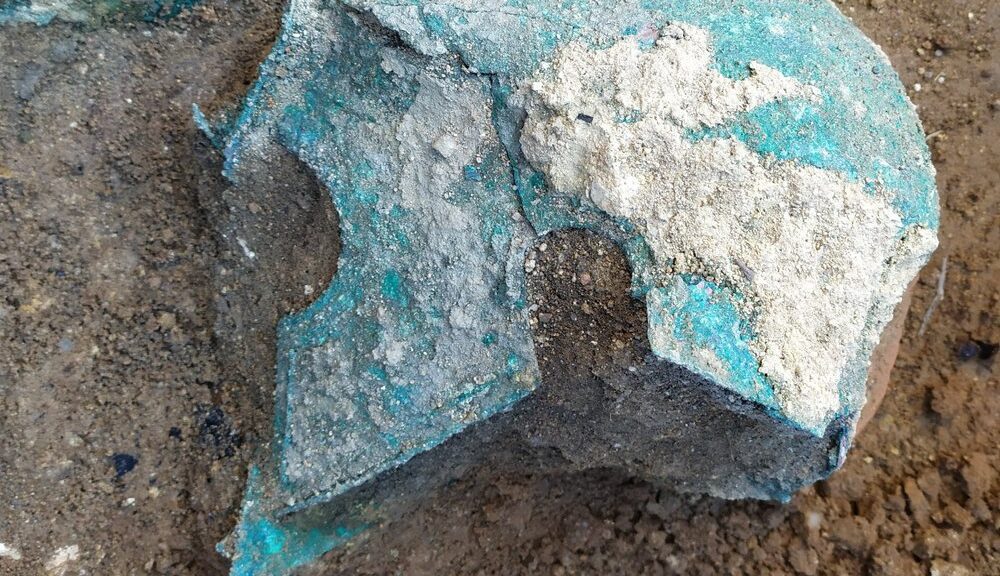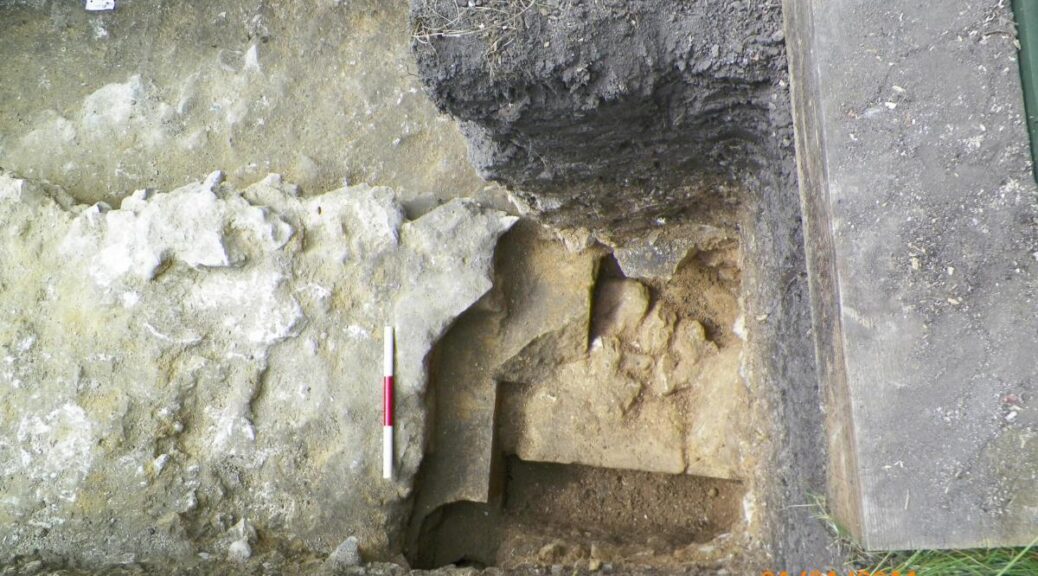24,000-Year-Old Siberian Boy Sheds New Light on Origins of Native Americans
Results from a DNA study of a young boy’s skeletal remains believed to be 24,000 years old could turn the archaeological world upside down — it’s been demonstrated that nearly 30 per cent of modern Native American’s ancestry came from this youngster’s gene pool, suggesting First Americans came directly from Siberia, according to a research team that includes a Texas A&M University professor.
Kelly Graf, assistant professor in the Center for the Study of First Americans and Department of Anthropology at Texas A&M, is part of an international team spearheaded by Eske Willerslev and Maanasa Raghaven from the Centre for GeoGenetics at the University of Copenhagen, Denmark and additional researchers from Sweden, Russia, United Kingdom, University of Chicago and the University of California-Berkeley.
Their work, funded by the Danish National Science Foundation, Lundbeck Foundation, and the National Science Foundation, is published in the current issue of Nature magazine.

Graf and Willerslev conceived the project and travelled to the Hermitage State Museum in St. Petersburg, Russia, where the remains are now housed to collect samples of ancient DNA.
The skeleton was first discovered in the late 1920s near the village of Mal’ta in south-central Siberia, and since then it has been referred to as “the Mal’ta child” because until this DNA study the biological sex of the skeleton was unknown.
“Now we can say with confidence that this individual was a male,” says Graf.
Graf helped extract DNA material from the boy’s upper arm and “the results surprised all of us quite a bit,” she explains.
“It shows he had close genetic ties to today’s Native Americans and some western Eurasians, specifically some groups living in central Asia, South Asia, and Europe. Also, he shared close genetic ties with other Ice-Age western Eurasians living in European Russia, the Czech Republic and even Germany.
We think these Ice-Age people were quite mobile and capable of maintaining a far-reaching gene pool that extended from central Siberia all the way west to central Europe.”
Another significant result of the study is that the Mal’ta boy’s people were also ancestors of Native Americans, explaining why some early Native American skeletons such as Kennewick Man were interpreted to have some European traits.
“Our study proves that Native Americans ancestors migrated to the Americas from Siberia and not directly from Europe as some have recently suggested,” Graf explains.
The DNA work performed on the boy is the oldest complete genome of a human sequenced so far, the study shows. Also found near the boy’s remains were flint tools, a beaded necklace and what appears to be pendant-like items, all apparently placed in the burial as grave goods.
The discovery raises new questions about the timing of human entry in Alaska and ultimately North America, a topic hotly debated in First Americans studies.
“Though our results cannot speak directly to this debate, they do indicate Native American ancestors could have been in Beringia — extreme northeastern Russia and Alaska — any time after 24,000 years ago and therefore could have colonized Alaska and the Americas much earlier than 14,500 years ago, the age suggested by the archaeological record.”
“What we need to do is continue searching for earlier sites and additional clues to piece together this very big puzzle.”

